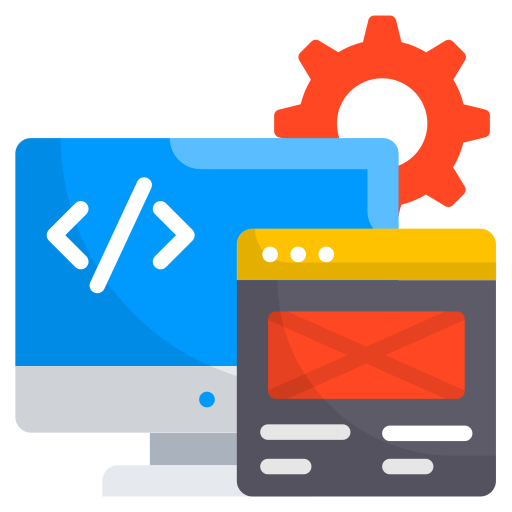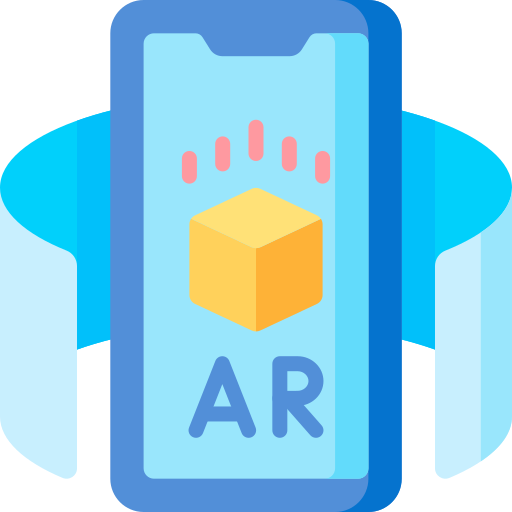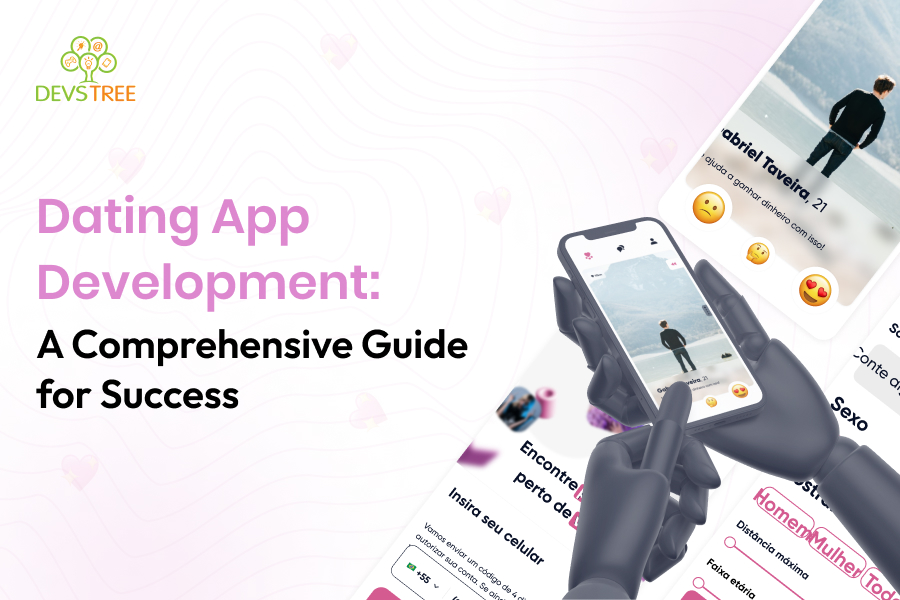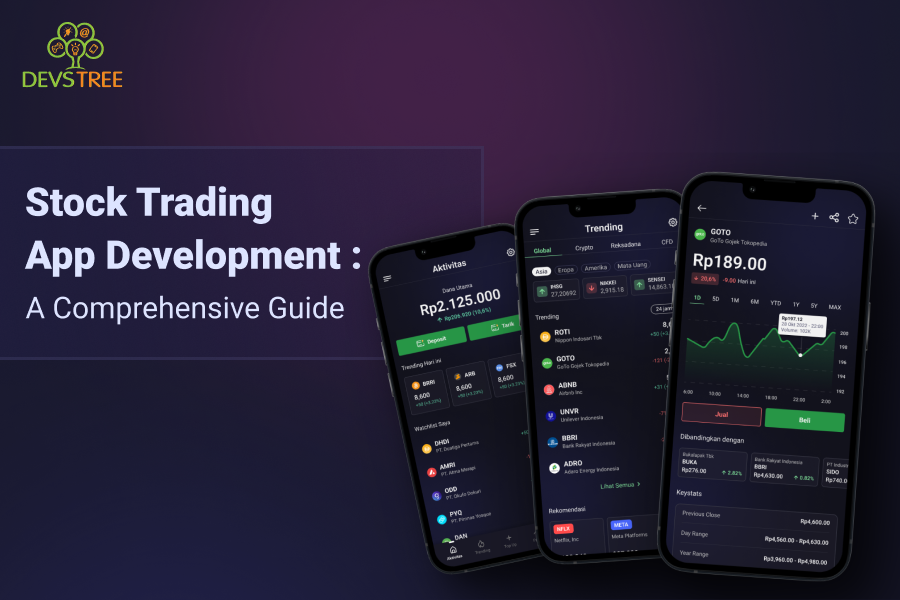Artificial Intelligence (AI) and Machine Learning (ML) are transforming the digital landscape, offering businesses enhanced user experiences, automation, and data-driven insights. Whether you’re running an e-commerce site, a service platform, or a content-driven website, integrating AI and ML can significantly boost performance. In this guide, we’ll explore how you can incorporate AI and ML into your website effectively.
Identify Your Website’s Needs
Before integrating AI and ML, define the objectives you want to achieve. Common AI-powered functionalities include:
- Chatbots and Virtual Assistants: Enhance customer support and engagement.
- Personalized User Experience: Deliver tailored content and product recommendations.
- Predictive Analytics: Analyze user behavior to optimize conversions.
- Automated Image and Video Recognition: Improve media categorization and accessibility.
- AI-Powered Search Engines: Enhance website search accuracy and relevance.
Choose the Right AI and ML Tools
There are several AI and ML tools available that cater to different website functionalities. Some popular options include:
- Chatbots: IBM Watson, ChatGPT API, Google Dialogflow
- Recommendation Systems: Amazon Personalize, Google Recommendations AI
- Analytics & Predictions: TensorFlow, Azure ML, Google Cloud AI
- SEO Optimization: Clearscope, SurferSEO, MarketMuse
- Website Accessibility: AI-powered voice search and screen readers like Voiceflow
Implement AI-Powered Chatbots
AI chatbots can significantly improve user engagement and customer support by providing instant responses. To integrate a chatbot:
- Choose a chatbot platform (e.g., ChatGPT API, Drift, Tidio).
- Train the chatbot using past customer interactions and FAQs.
- Deploy the chatbot on your website through a simple plugin or API integration.
- Continuously monitor performance and optimize responses based on user feedback.
Enhance Search Functionality with AI
AI-driven search engines improve search accuracy by analyzing user intent. Tools like Elasticsearch, Algolia, and Google Cloud Search help optimize website search functions. Steps to implement:
- Integrate an AI-powered search plugin or API.
- Enable NLP (Natural Language Processing) for better search interpretation.
- Implement voice search capabilities for improved accessibility.
Use AI for Personalized Content and Recommendations
AI can tailor content and product suggestions based on user behavior. To implement this:
- Use AI-driven tools like Recombee, Dynamic Yield, or Google AI Recommendations.
- Analyze user activity and provide relevant recommendations.
- Implement A/B testing to optimize personalization efforts.
Optimize Website Performance with AI
AI can enhance website performance through:
- Automated Image Optimization: Tools like Cloudinary and TinyPNG use AI to compress images without compromising quality.
- Load Time Prediction & Optimization: AI tools analyze traffic patterns to adjust server load and caching mechanisms.
- Fraud Prevention: AI-driven security tools like PerimeterX detect and prevent suspicious activities.
Leverage AI for SEO and Content Creation
AI-driven SEO tools can improve content strategy and rankings. Use tools like:
- SurferSEO: Provides AI-driven recommendations for content structure.
- Clearscope: Helps in keyword optimization.
- MarketMuse: Assists in content research and strategy.
- AI Writing Assistants: Use AI-powered tools like ChatGPT or Jasper to generate high-quality content while maintaining SEO best practices.
Ensure Data Privacy and Compliance
When integrating AI, ensure compliance with GDPR, CCPA, and other data protection regulations. Key steps include:
- Using encrypted data storage and AI models.
- Implementing consent management tools for data collection.
- Regularly updating privacy policies based on AI-driven insights.
Devstree: The Best AI/ML Company in NSW, Australia
Looking for expert AI/ML integration? Devstree Australia is the leading AI/ML company in NSW, Australia, offering cutting-edge solutions to enhance website functionality and user engagement. With a team of skilled developers, we provide AI-driven chatbots, predictive analytics, and personalized content solutions tailored to your business needs. Partner with Devstree and transform your website with the power of AI!
Conclusion
Integrating AI and ML into your website enhances user experience, boosts efficiency, and drives better business outcomes. You can create a smarter and more engaging website by leveraging AI-powered tools for chatbots, personalized recommendations, search enhancements, and performance optimization. Start with small implementations, monitor their impact, and scale as needed to stay ahead in the digital space.






.svg)

.svg)





.png)














originil.webp)

originil.webp)

